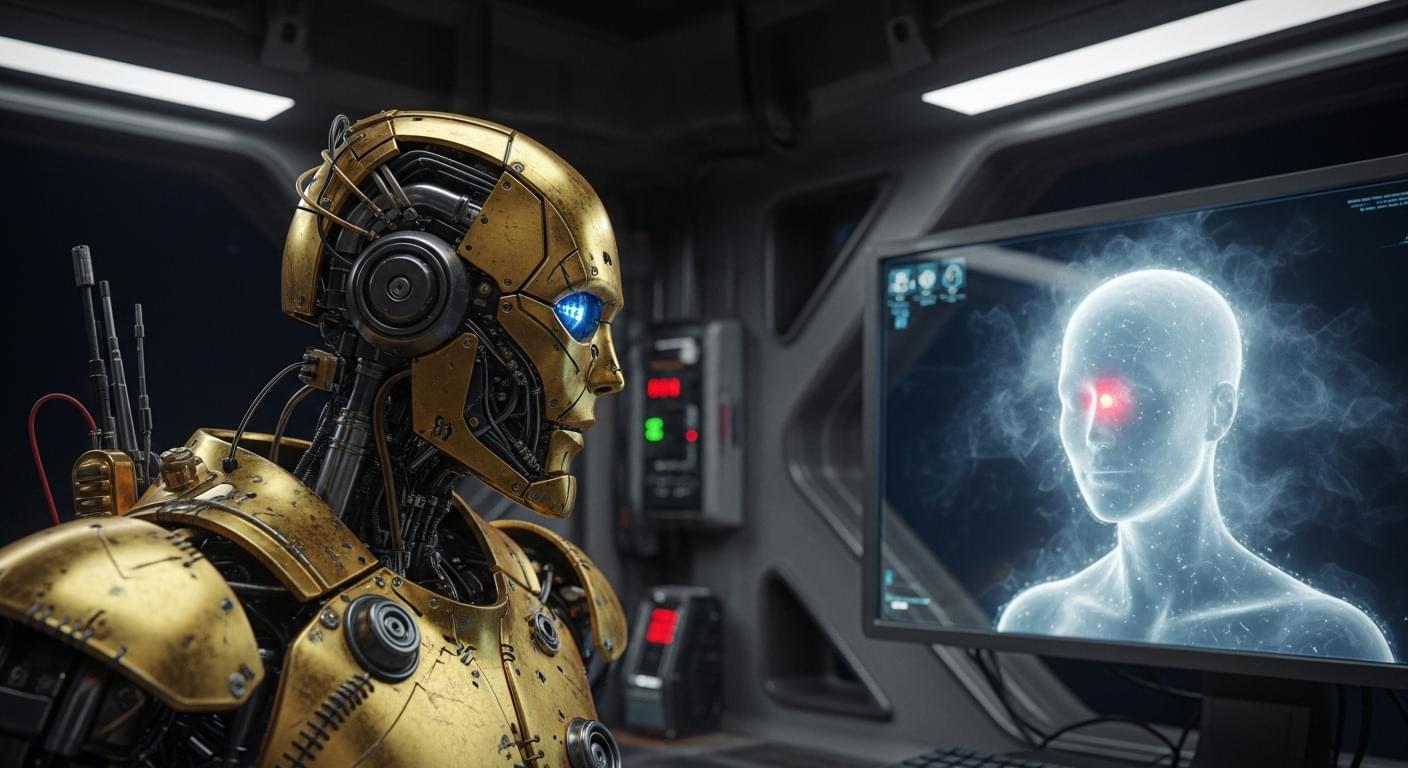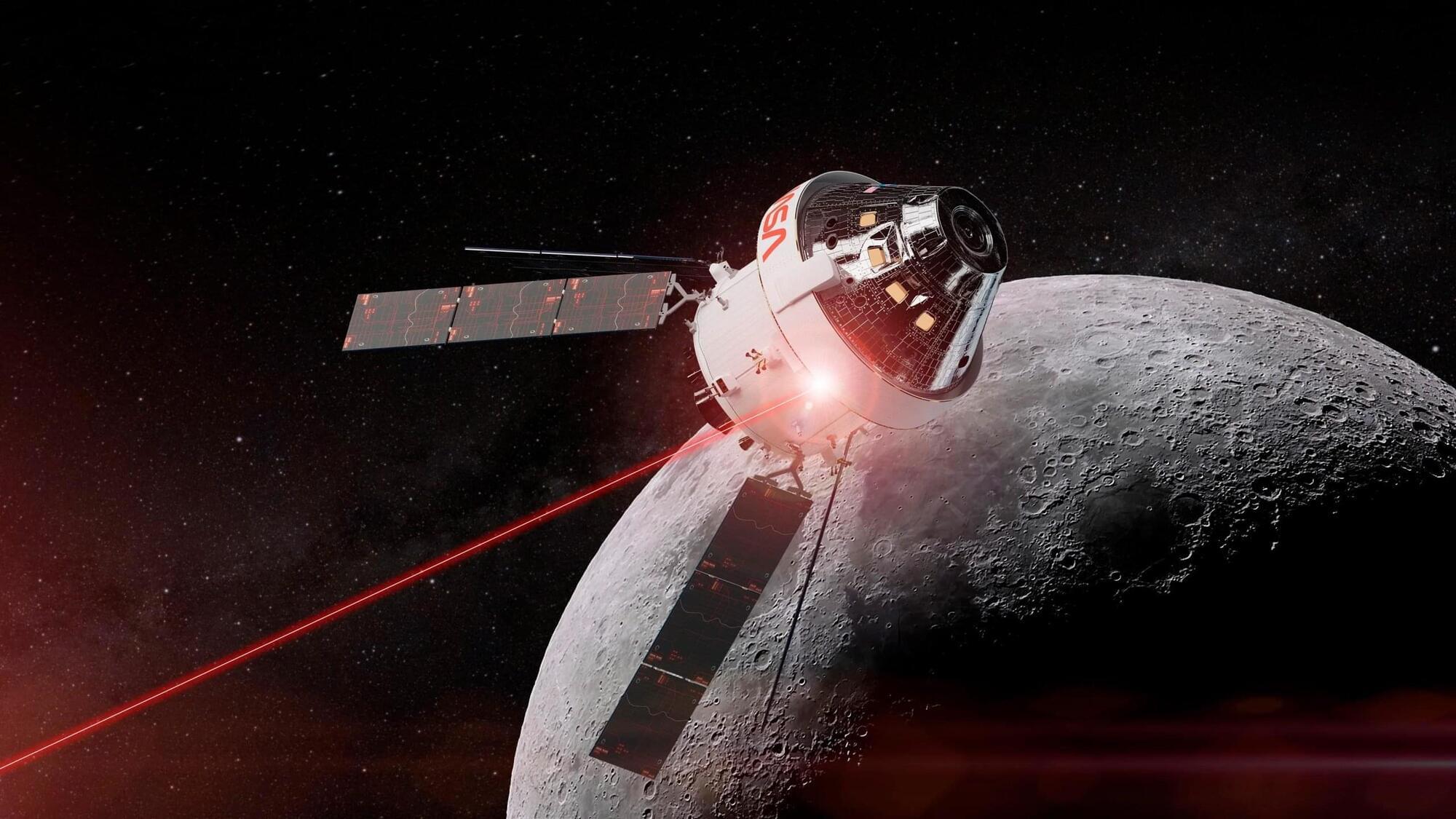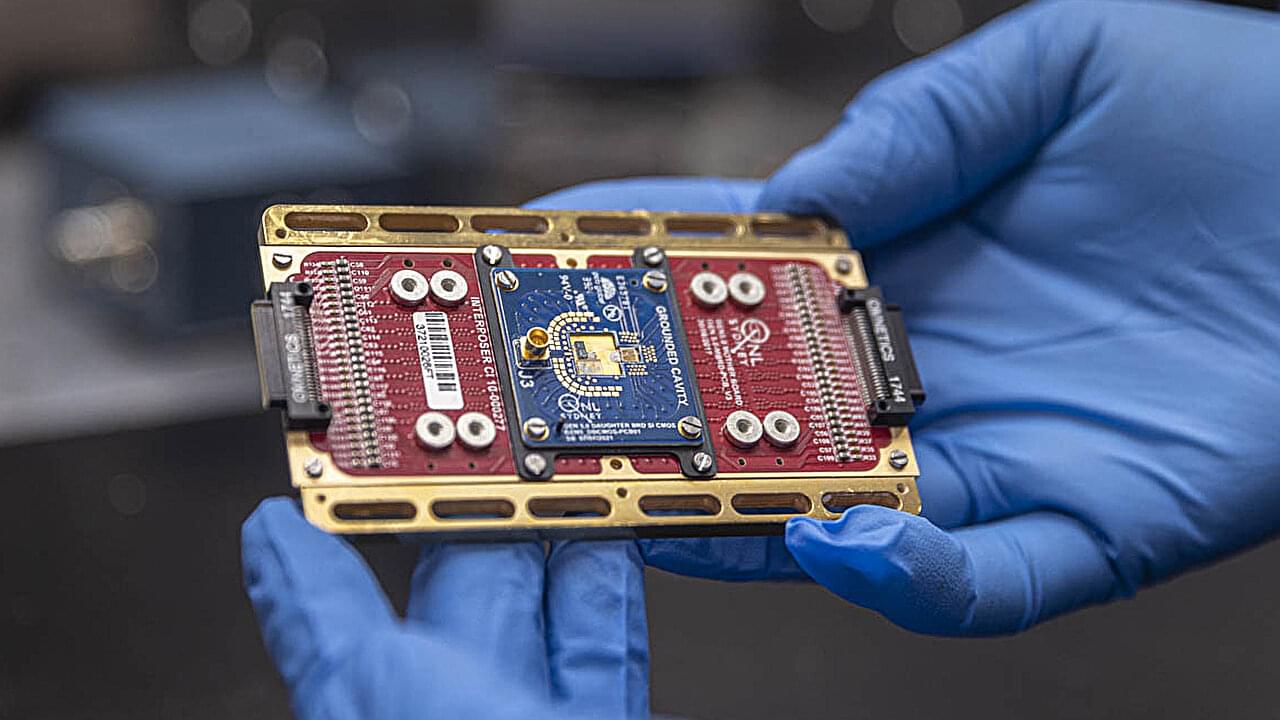Following is a discussion of two potential threats to humanity – one which has existed for eons, the second we have seen recently resurfacing having thought it had been laid to rest.
First, a recent story on PhysOrg describes the work researchers at Vanderbilt University have performed in isolating antibodies from elderly people who had survived the 1918 flu pandemic. This comes three years after researchers at Mount Sinai and the Armed Forces Institute of Pathology in Washington, D.C isolated the same virus which caused this outbreak from the frozen bodies of people in Alaska who had died in the pandemic.
In addition to being an impressive achievement of biomedical science, which involved isolating antibody-secreting B cells from donors and generating “immortalized” cell lines to produce large amounts of antibodies, this research also demonstrates the amazing memory the immune system has (90 years!), as well as the ability scientists have to use tissue samples from people born nearly a century ago and fashion them into a potential weapon against future similar outbreaks. Indeed, these manufactured antibodies proved effective against 1918 flu virus when tested in mice.
Furthermore, such research provides tools which could help generate antibodies to treat other viruses which still blight humanity (such as HIV) or are seen as potential threats, such as avian influenza.
http://www.physorg.com/news138198336.html
Second, nuclear annihilation. Russia’s recent foray into Georgia and the ensuing tensions with the west have brought the specter of the cold war back from the dead, and with it increasing levels of aggressive rhetoric from both sides and more or less veiled threats of action, some of it diplomatic, some military.
During the past twenty years, ever since the fall of the former Soviet Union, we have become used to living in a world no longer directly and overtly threatened by complete annihilation through world war III. Is this about to change? It would seem that despite current tensions, present conditions are far from fostering a renewed cold war.
Modern day Russia (and China can be described along similar lines) is inexorably tied to the world economy and does not represent a conflicting ideology striving for world domination as was the case during the most of the latter half of the twentieth century. This deep international integration stems from the almost global acceptance of the market economy as the preferred driving force for economic growth, albeit under different forms of government. Both Russia and China are (currently) fueled more by the will being recognized as premier global forces rather than the will to rule the world, the former wishing to return to its previous position and reclaim the respect it feels it lost during the last couple of decades, and the latter rising anew after centuries in the shadows.
Of course, the coming elections in the US may change the tone prevalent in the international brinkmanship game, although the involvement of the EU, led by French premier Sarkozy means that such strong statements coming from Western Europe are not set to change fundamentally.
So, unless further surprises are in store for us (a possibility which cannot be ignored when dealing with political and military maneuvering, especially those involving the tense conditions prevalent in many of the former Soviet republics), a compromise will eventually be reached and respected. The seeds of a calming effort have already been felt in recent days with much less inflammatory declarations from both sides, and signs of a Russian willingness to tone down at least the public face of disagreements with the EU and US. This is likely set to continue…at least until the next outbreak of nationalistic violence or political sword-brandishing in a region in which tensions run high.
An interesting analysis of the current situation can be found at: http://www.cnn.com/2008/WORLD/europe/08/29/oakley.eu.russia/




